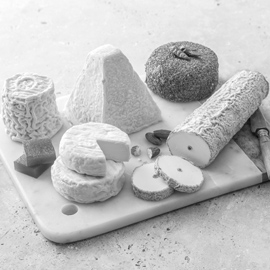
A history of goat cheese
It's no secret that the Soignon goat doesn't joke abou1
Did you know that there are three main ways of making goat cheese? Each has its own peculiarities and flavour qualities. Soignon's goats can meet your preferences. As long as the unique taste of the milk is preserved, they’ll be quite content!
80 – 85% of goat cheese on sale in supermarket aisles are “lactic” cheeses. This figure suits the Soignon goats just fine, as this type of cheese reveals all of their talents!
The goats are milked twice a day. The milk is stored in a tank until the tanker truck arrives every third day to take it to the cheese dairy.
Once collected from the farm, the goat’s milk can either remain in its raw state to preserve the lactic acid bacteria naturally found in it, or else it can be heated using two techniques:
This step aims to eliminate the microorganisms contained in the milk, which are harmful to human health.
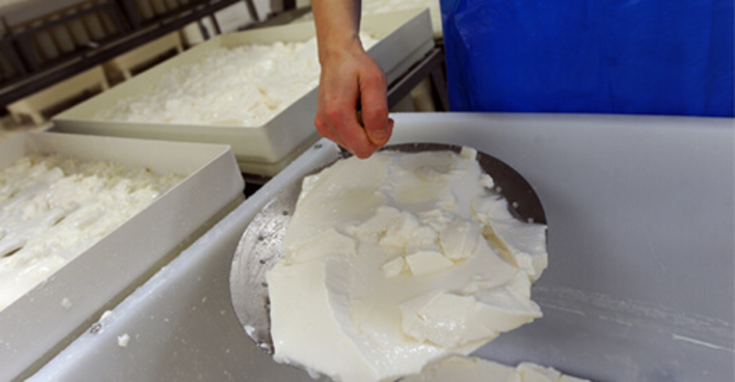
To cause the milk to coagulate and obtain the curd (the basis of all cheese), lactic starters need to be added. These starters comprise specific bacteria and/or rennet and/or coagulant that break down the lactose in milk. Rennet (or coagulant) can be sourced from animals (extracted from the stomach lining of unweaned ruminants), plants (artichoke, thistle) or microbes (molds or bacteria).
Based on the quantity of rennet added and the duration of curdling, very different cheeses will result.
This step aims to expel as much of the water contained in the curd as possible.
To do this, the curd can be cut and cut again to release more whey: the curd is said to be “ground” to a tiny grain.
These grains are then rested so they join together again. Different methods used during this step will produce different cheeses.
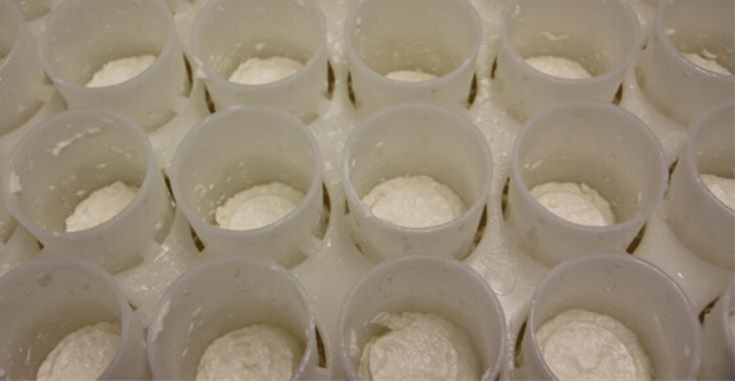
Next, the curd is carefully transferred into strainer baskets (molds with perforations). These molds are turned several times to drain the cheese well. The more the cheese is drained, the longer it will keep.
At this stage, the shape is also decided upon: would you rather have cheeses that are long and cylindrical / flat / shaped like a log or pyramid / block-shaped? If you can’t make up your mind, try them all, Soignon’s Goats won't judge you! They know that every type of cheese made from superb goat milk is delicious!
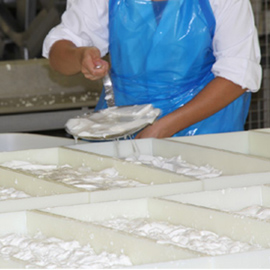
Draining time will define the characteristics of the cheese, in particular its texture.
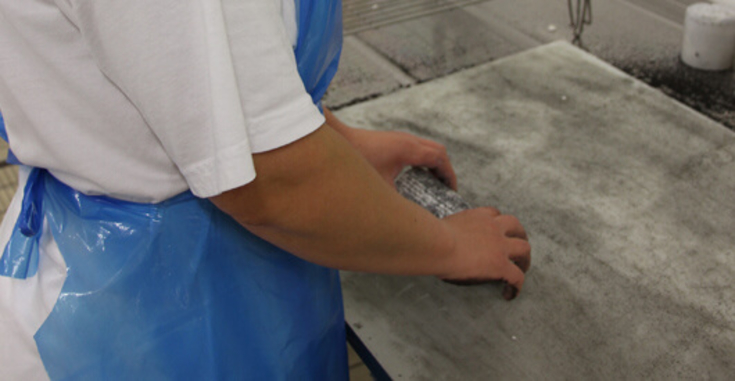
The final key ingredient for making a great cheese is… is… salt, of course! (Just checking that you’re still following …) Salt is either incorporated into the cheese paste or else liberally sprinkled over, helping to control the growth of micro-organisms and giving the curd the look and taste of cheese. Two salting techniques exist.
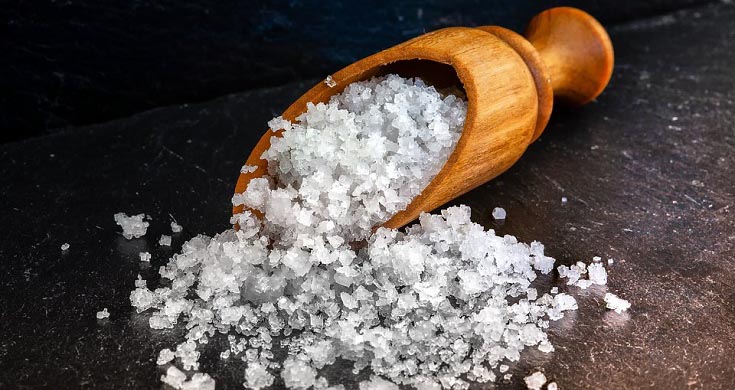
Salt impacts the cheese directly in three ways: antiseptic action, extending shelf life and of course flavouring the cheese!
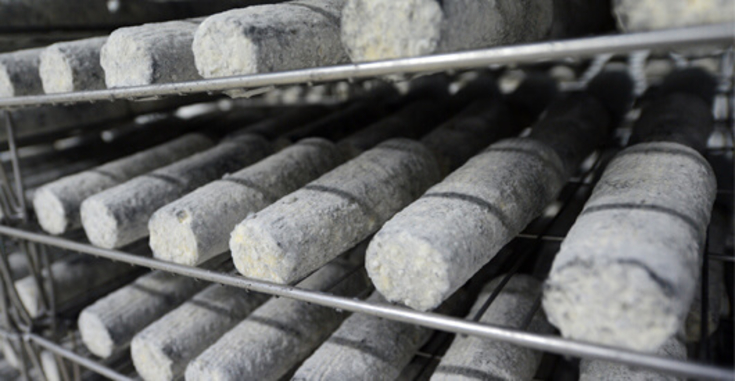
Certain cheeses are eaten whilst they are still fresh, whereas others are aged. Aging allows cheeses to continue to ripen. During this stage, the cheese develops its flavours and acquires its final texture. For this final stage, the cheeses are arranged on racks and are turned by hand. They are placed in ripening rooms or cellars where humidity, temperature, and ventilation are precision calculated. Did you know that the ambient air significantly affects the flavour of cheeses?
During this stage, the fresh curd becomes coated in a thin white, yellow, brown or bluish crust. It is gradually transformed into a cheese paste that has a very characteristic texture, flavour and aroma. The ripening period depends on each recipe, but what is certain is that the longer the cheese is aged, the harder its interior will become, and the more intense the goaty flavour will be.
Some cheeses must be turned over regularly throughout the aging process to obtain a homogeneous rind.
Have you any idea how long goat cheeses are aged? Here's a little help:
The final stage is to wrap the cheeses in order to protect them.
So then, which are your favorite cheeses? As for us, we like them all!